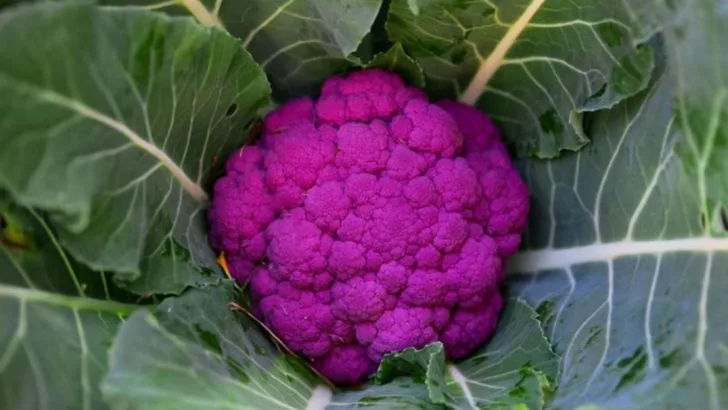Color isn’t just for flowers—your dinner should pop, too. Some crops practically glow in the sun, bursting with reds, purples, oranges, and deep greens. They turn garden beds into living rainbows. And the best part? You get to eat them. But don’t wait too long. A few of these beauties are racing the clock. If you don’t pick them soon, they’ll bolt, wilt, or lose their flavor. Tragic, right? So plant bold. Pick smart. And bring some drama to your plate—while you still can.
Rainbow Swiss Chard
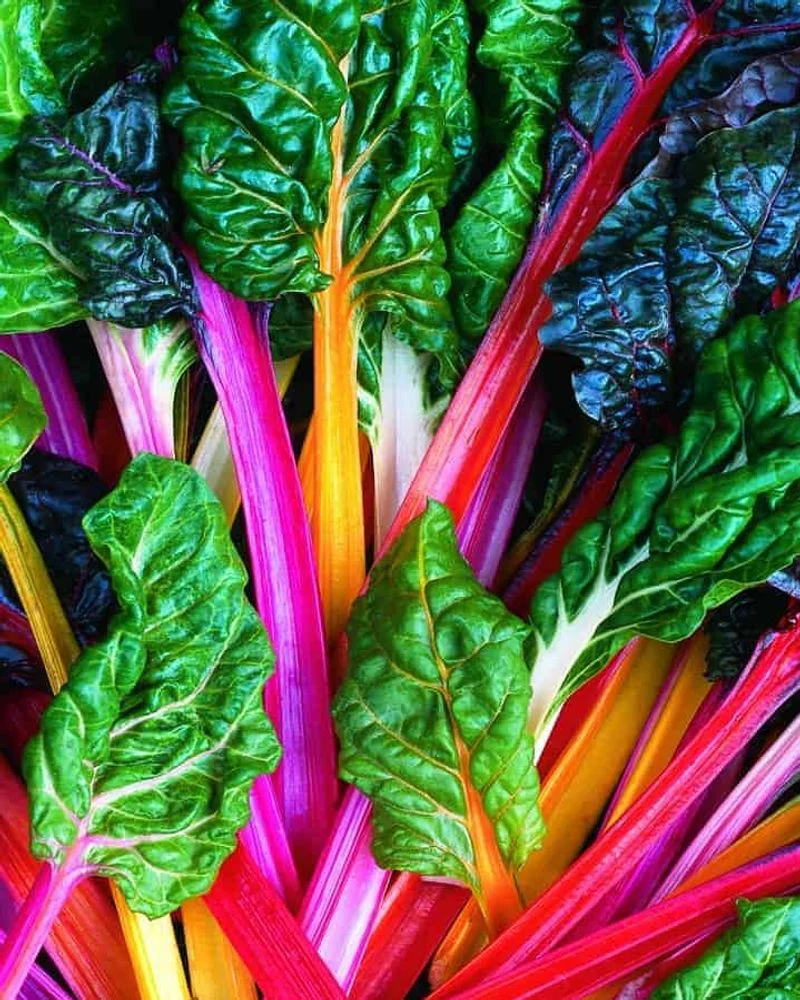
Dazzling in its array of colors, Rainbow Swiss Chard brings a palette straight from a painter’s brush to your garden. Its bright stalks and deep green leaves are not only visually appealing but also packed with nutrients. Planting these in the early spring ensures a burst of color as they mature.
Beyond beauty, this chard is versatile in the kitchen, adding color and flavor to salads and sautés. The plant thrives in well-drained soil and partial sunlight, making it an accessible choice for gardeners. A fun fact: Chard is related to beets and shares their earthy sweetness.
Purple Cauliflower
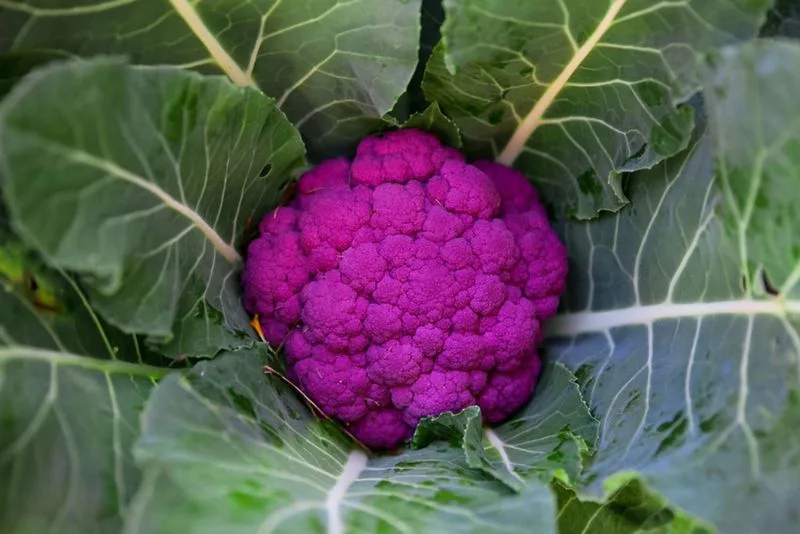
Purple Cauliflower, with its striking hue, often catches the eye before the taste buds. This cruciferous vegetable is not only stunning but also rich in antioxidants. Growing it adds a touch of exotic flair to any garden.
Start seeds indoors and transplant them to a sunny spot with fertile soil. The vibrant color of the heads develops fully in cool weather, making autumn an ideal season for planting. Interestingly, the purple color comes from the presence of anthocyanins, the same pigments found in red cabbage and red wine.
Orange Carrots
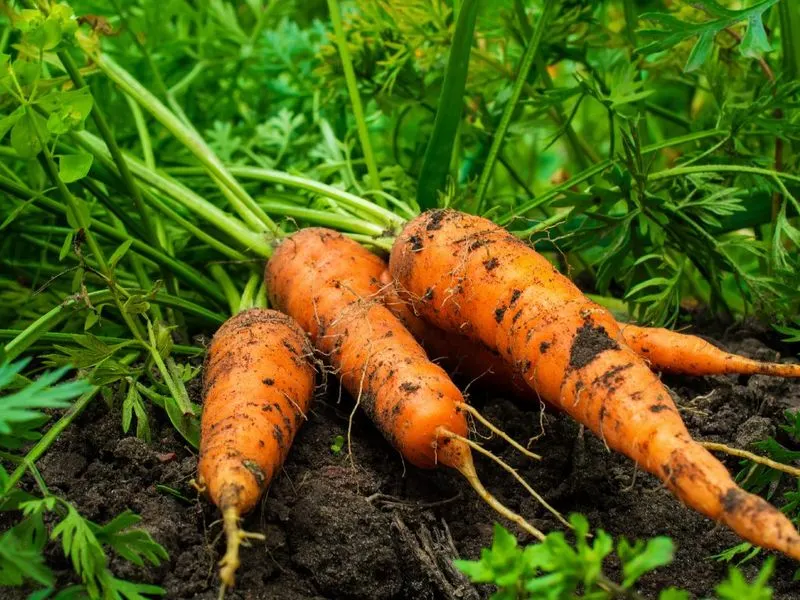
Imagine pulling out vibrant orange carrots from the earth, their sweet aroma promising a delightful crunch. These carrots not only brighten your garden but also provide a burst of vitamins.
Sow them directly into the soil during early spring for a summer harvest. Their vivid color comes from beta-carotene, a nutrient beneficial for eyesight. Carrots prefer sandy soil and require consistent watering to develop their full flavor. Did you know that carrots were originally purple and orange varieties arose through selective cultivation?
Red Radishes
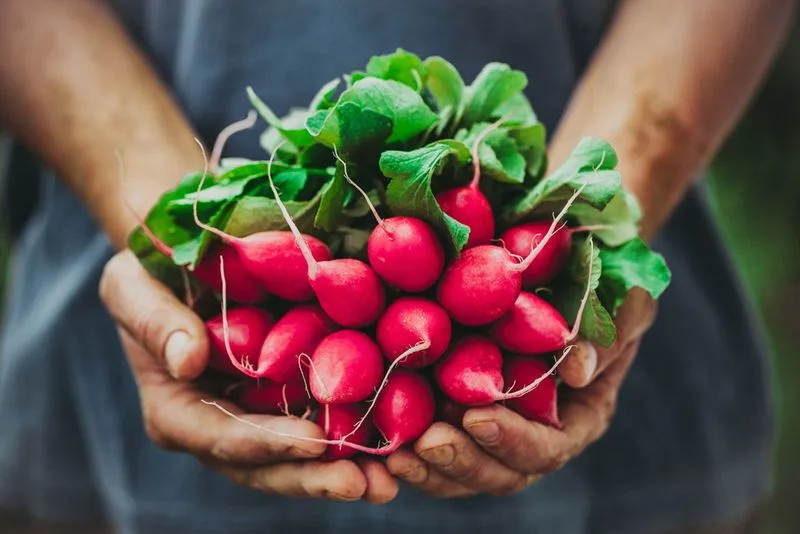
Bold and peppery, red radishes add a zesty kick to any dish, and their brilliant hue makes them a garden favorite. Starting from seeds sown directly in the soil, they mature rapidly, providing quick gratification.
Radishes thrive in cooler weather, making them perfect for spring and fall gardens. They require full sun and loose, well-drained soil. The crunch of a fresh radish is as refreshing as its color is eye-catching. A historical tidbit: Ancient Egyptians believed radishes to be a vital source of nutrition during laborious work.
Golden Beets
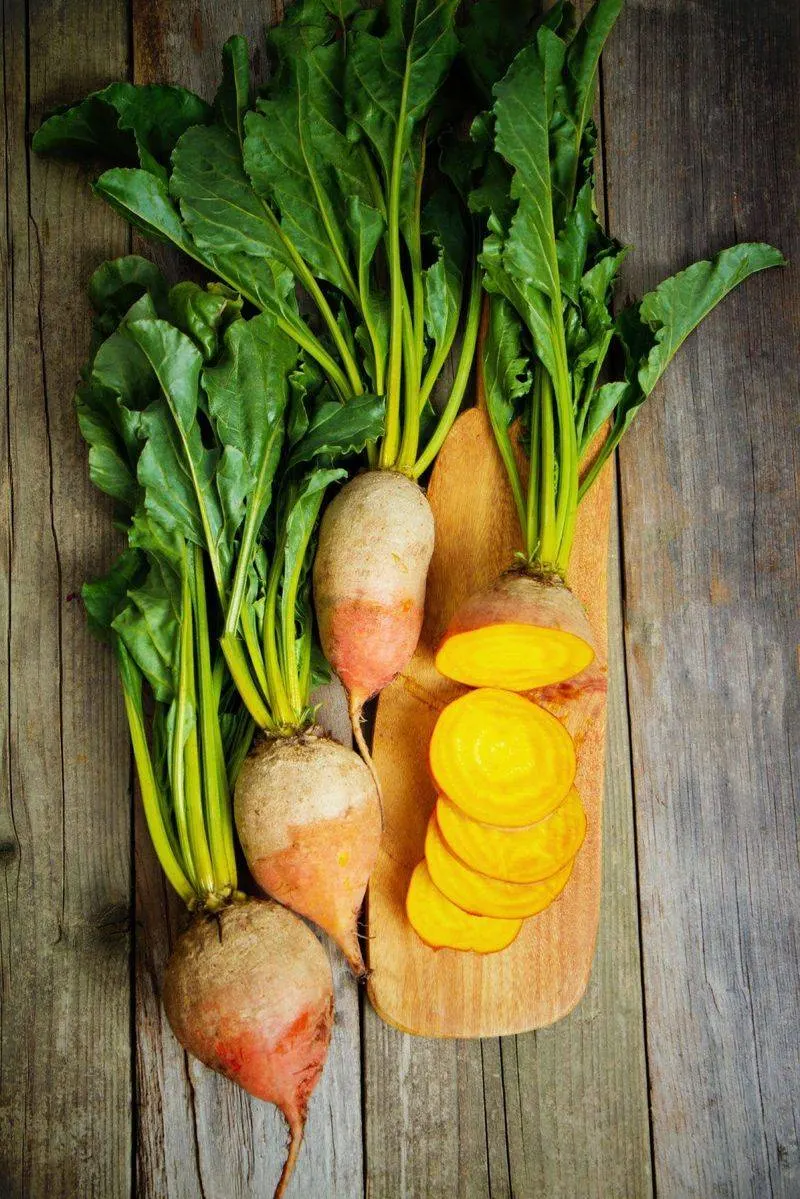
Golden Beets offer a warm, sunny shade that’s as pleasing aesthetically as it is nutritionally. Their sweet, mellow flavor complements a variety of dishes, from salads to stews.
Planting these in early spring ensures a harvest before the summer heat. They thrive in well-drained soil with ample organic matter. The vibrant yellow color not only brightens gardens but is indicative of high levels of betalain pigments, which are beneficial antioxidants. Historically, beets were used as a natural dye due to their intense color.
Yellow Bell Peppers

Radiant and crisp, Yellow Bell Peppers are a gardener’s delight. Their sunny disposition isn’t just for show; these peppers are rich in vitamin C and taste as good as they look.
Start by sowing seeds indoors and transplanting them into the garden after the last frost. With ample sunlight and regular watering, they flourish beautifully. Did you know that bell peppers, in their various colors, are simply different stages of ripeness of the same plant? This yellow version is sweet, almost fruity in flavor.
Pink Banana Squash
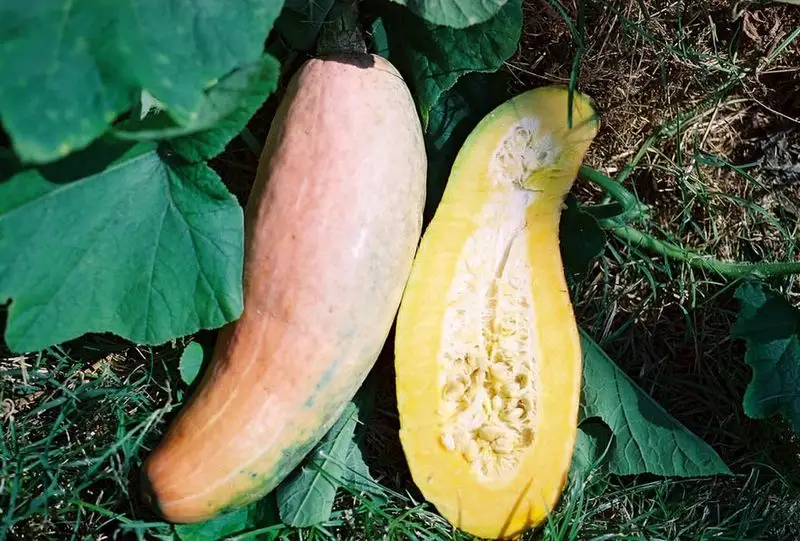
With a name as whimsical as its color, Pink Banana Squash brings a cheerful blush to any garden. Its elongated shape and pinkish hue are both charming and intriguing.
This squash thrives in warm weather and requires plenty of space to sprawl. Plant seeds directly in the garden after the threat of frost passes. The mellow, sweet flesh is perfect for pies and soups. Interestingly, this squash can grow to impressive sizes, making it a conversation starter among gardening enthusiasts.
Blue Kale
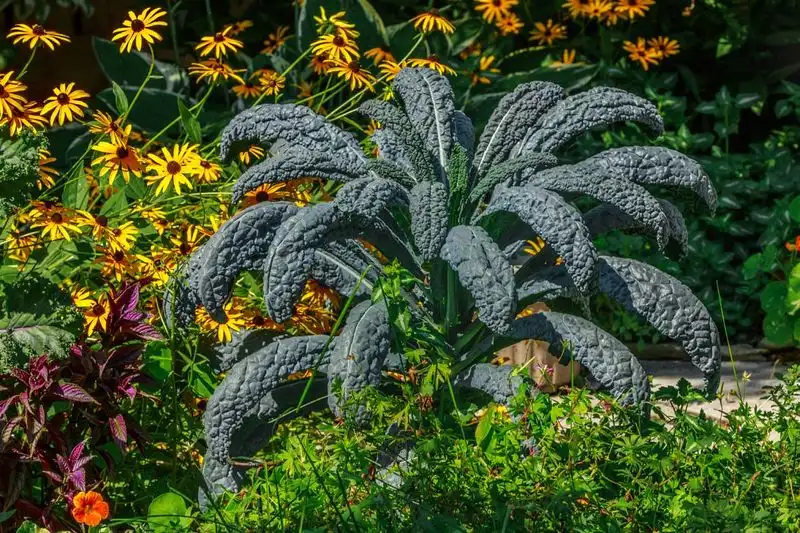
Blue Kale, with its unique bluish tint, introduces an unexpected and elegant color to gardens. Its curly leaves are not only decorative but also a powerhouse of nutrients.
Kale is a cool-weather crop that can be planted in both spring and fall. It prefers rich soil and consistent moisture. The leaves can be harvested as needed, adding a burst of color and health to meals. Fun fact: Kale has been cultivated for over 2,000 years and was a staple in ancient Roman kitchens.
Green Zucchini
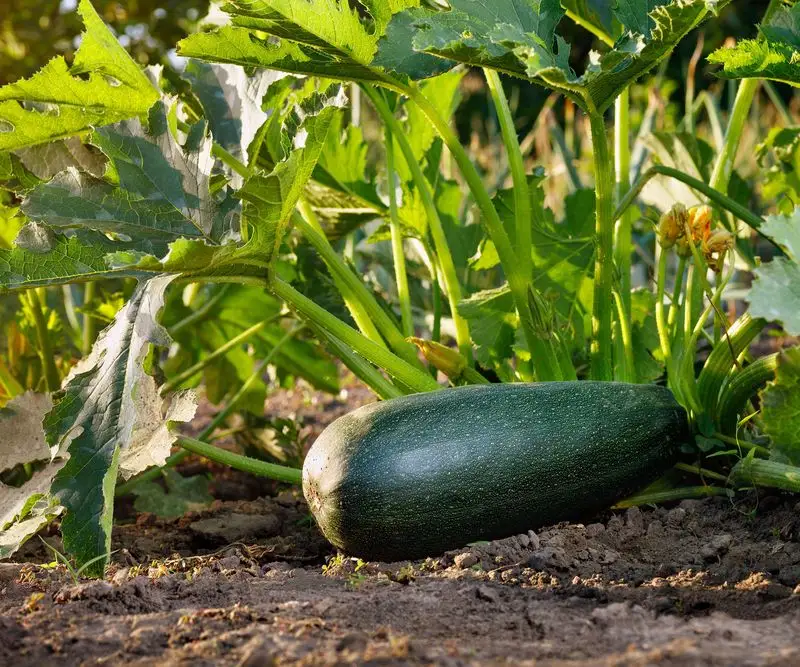
Green Zucchini may seem humble, but its vibrant growth and versatile uses make it indispensable in gardens. Its glossy green skin hides a tender, delicious interior perfect for a variety of dishes.
Zucchini plants are prolific producers, especially when planted in well-drained soil during warm months. They thrive with regular watering and sunlight. Harvesting young zucchinis ensures the best texture and flavor. Did you know that zucchini is technically a fruit, specifically a berry? Its culinary uses, however, are vast.
White Eggplant

White Eggplant, often overlooked, offers a mild flavor and a unique color. Its smooth, creamy skin adds an elegant touch to any garden.
This variety prefers warm climates and fertile, well-drained soil. Start seeds indoors and move them outside after the last frost. Regular watering and sun help them flourish. The white color signifies a softer, less bitter taste compared to its purple counterparts. Fun fact: Eggplants are part of the nightshade family, closely related to tomatoes and potatoes.
Red Cabbage
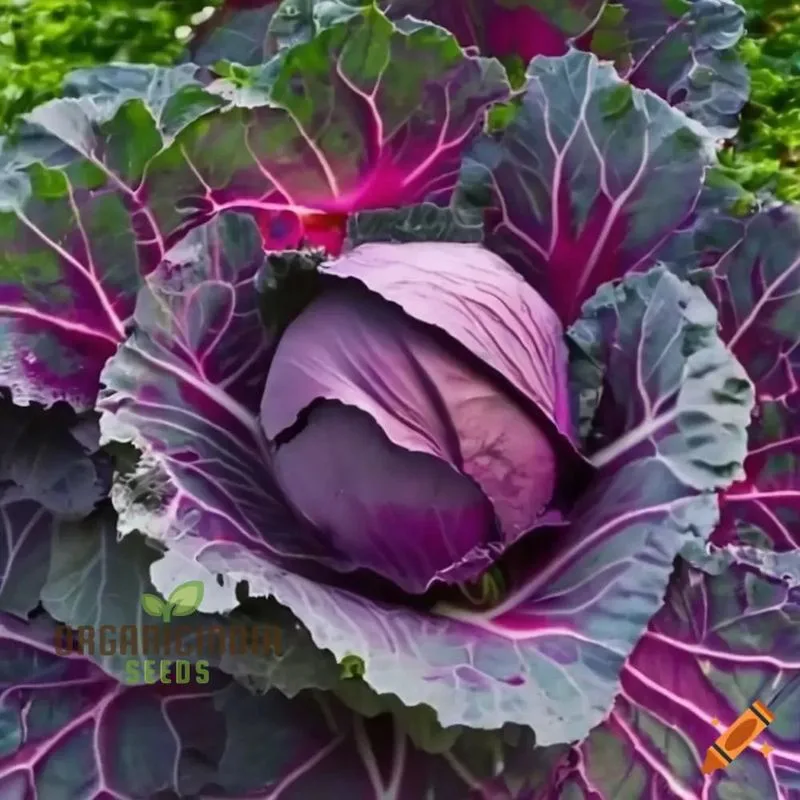
Red Cabbage, with its deep purple leaves, is a striking addition to any garden. Known for its crunchy texture and slightly peppery taste, it’s a favorite in salads and slaws.
Plant this cabbage in cool weather, using well-drained soil and regular watering. The rich color comes from anthocyanins, which also provide health benefits. Historically, red cabbage juice was used as a pH indicator in science experiments, changing color in different solutions.
Purple Eggplant
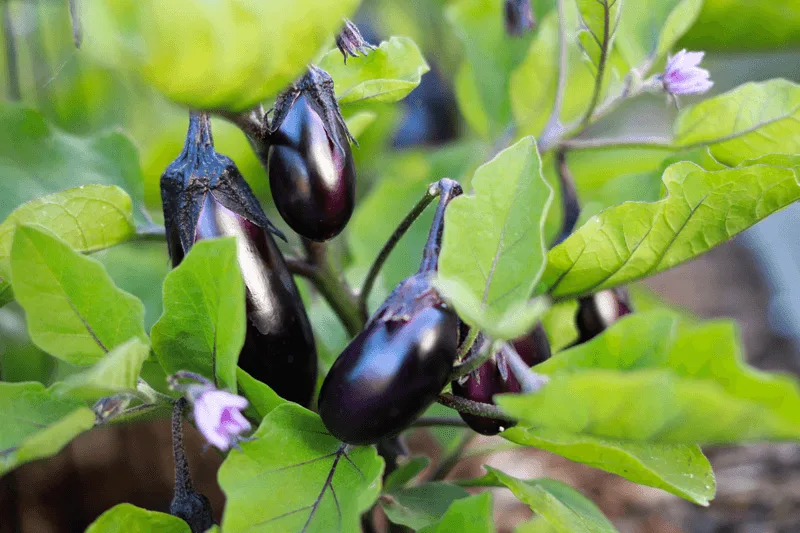
Purple Eggplant, with its glossy, deep hue, offers both beauty and flavor. Its spongy texture absorbs flavors well, making it a versatile kitchen staple.
This plant thrives in warm conditions and well-drained soil, requiring regular watering and full sun. Plant after the last frost for a summer harvest. The vibrant color is not just for aesthetics; it indicates the presence of beneficial antioxidants. A historical note: eggplants were once called “mad apples” due to their association with the nightshade family.
Green Beans
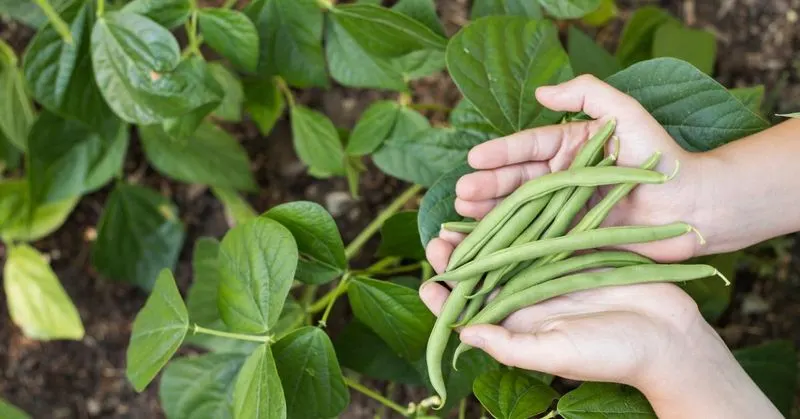
Green Beans, though common, are a garden staple for their easy growth and abundant yield. Their crisp texture and mild flavor make them a versatile addition to any meal.
These beans thrive in well-drained soil with full sun exposure, and they benefit from trellising for support. Plant seeds directly in the garden after the last frost. Harvesting regularly ensures continuous production. Did you know? Green beans, also known as string beans, were originally grown in Central and South America.
Yellow Squash

Yellow Squash, with its sunny hue, brings warmth and flavor to gardens. Its tender flesh is a summer favorite, perfect for grilling or roasting.
Plant seeds in warm soil, ensuring they receive ample sunlight and water. This squash grows rapidly, with fruits ready to harvest in just a few weeks. Interestingly, squash was one of the “Three Sisters” crops cultivated by Native American tribes, alongside corn and beans, for a balanced diet and sustainable farming.
Black Tomatoes
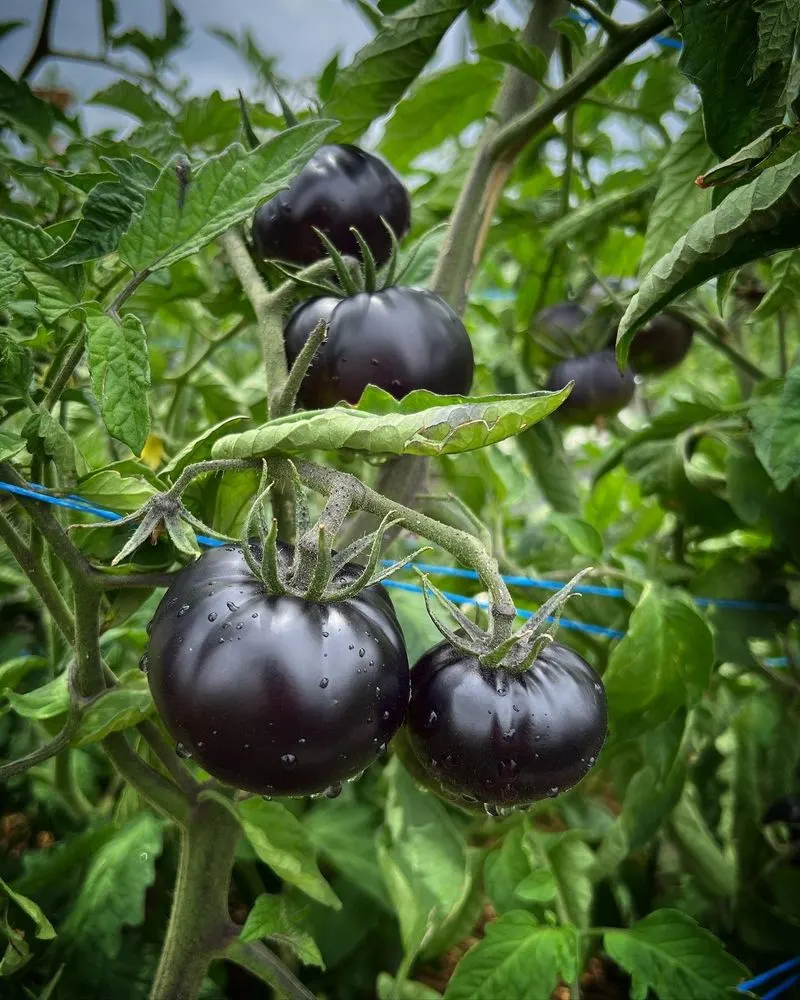
Black Tomatoes, with their deep, mysterious color, offer a rich taste experience. Their sweet, smoky flavor is unlike any other, making them a prized possession for garden enthusiasts.
These tomatoes thrive in warm, sunny conditions with well-drained soil. Start seeds indoors and transplant after the risk of frost has passed. Regular watering enhances their juicy texture. A fun fact: the dark color of these tomatoes comes from high levels of anthocyanins, adding extra nutritional value.

